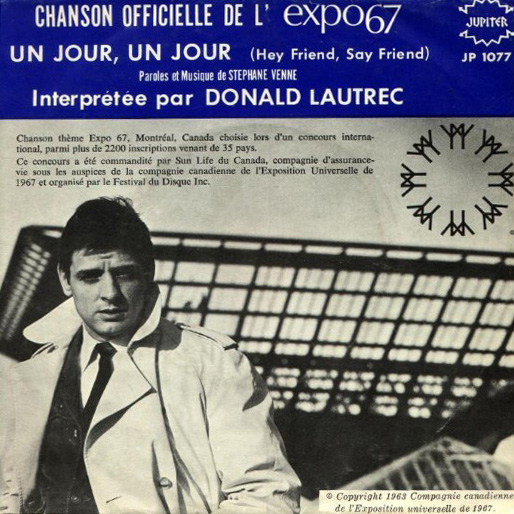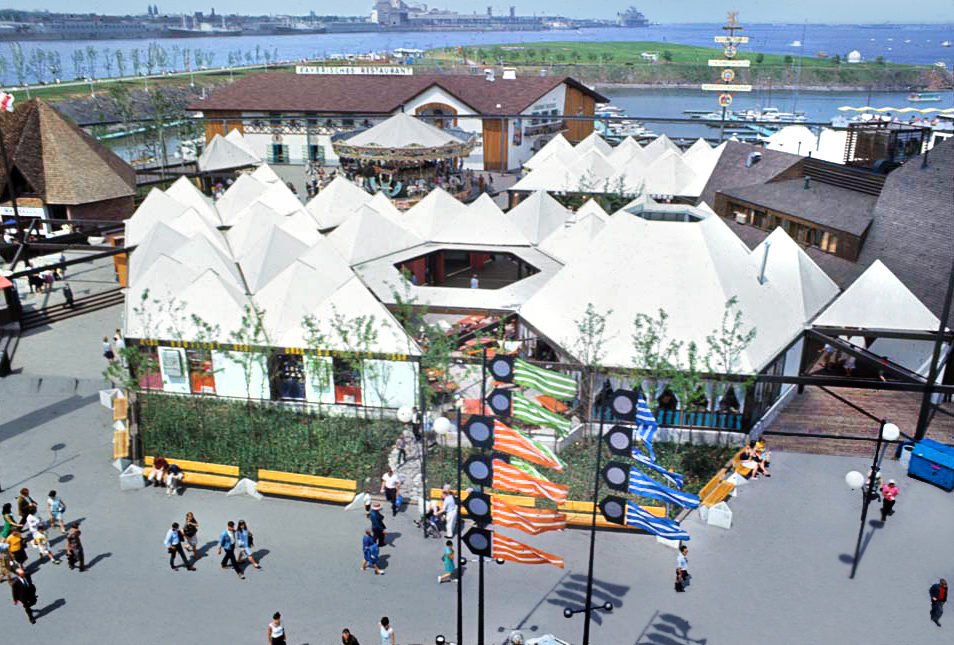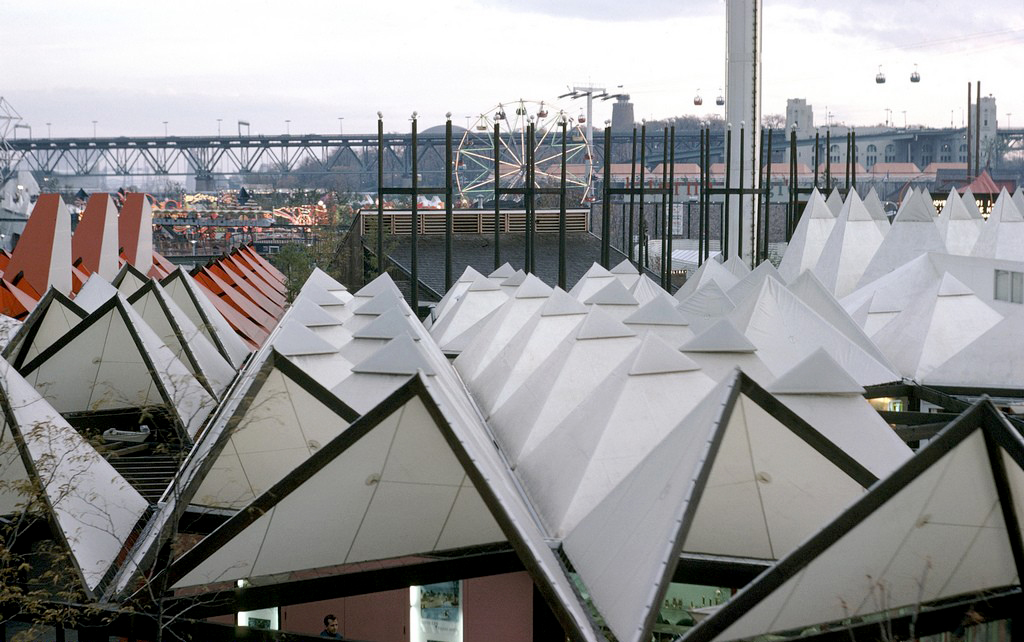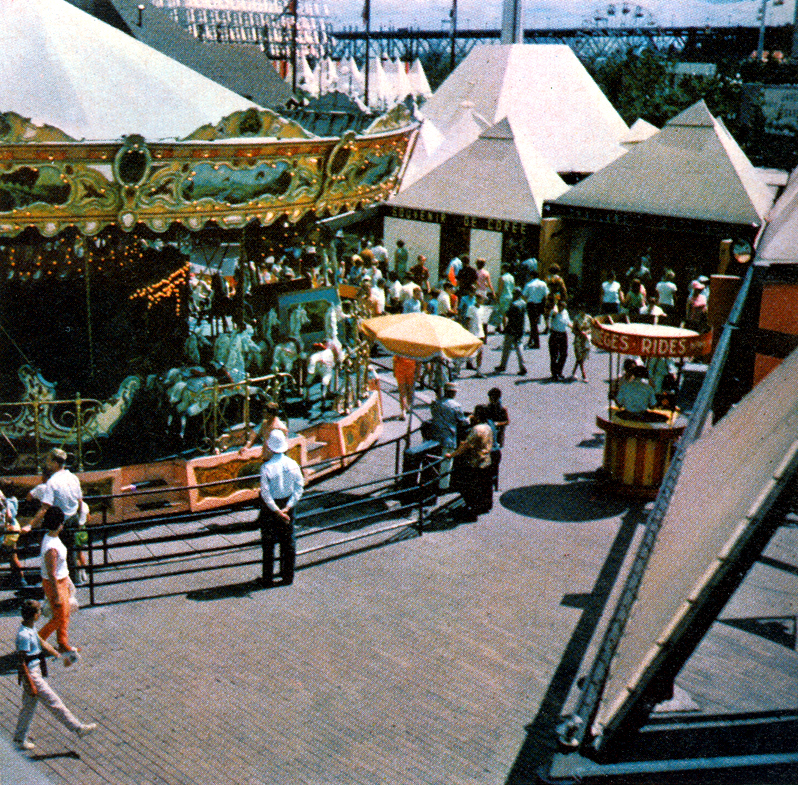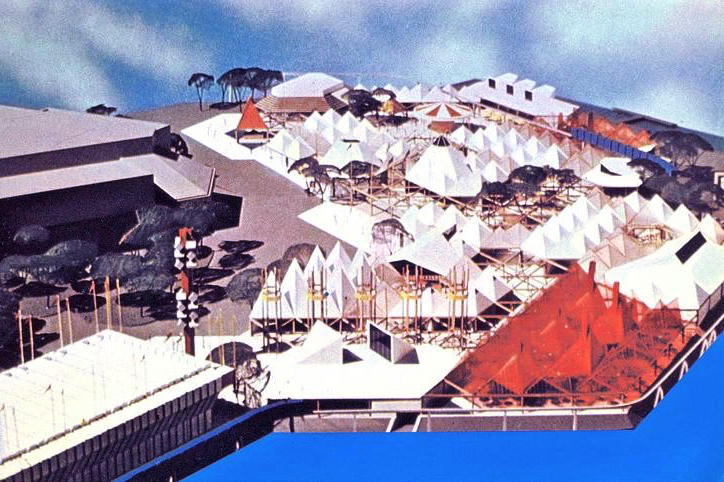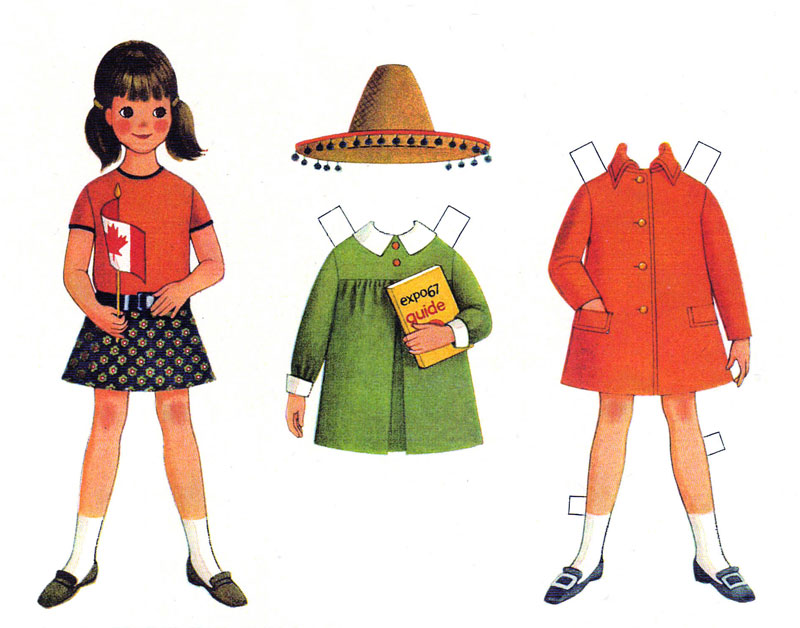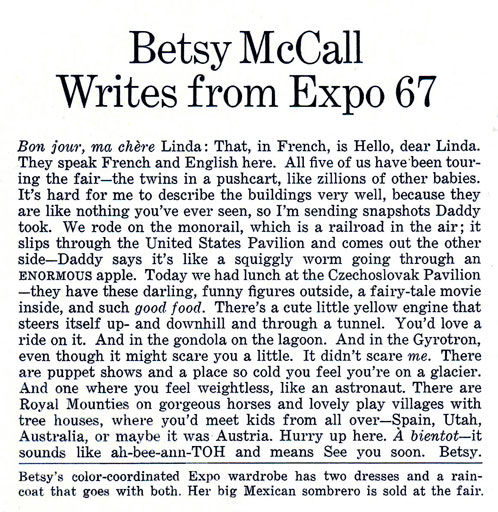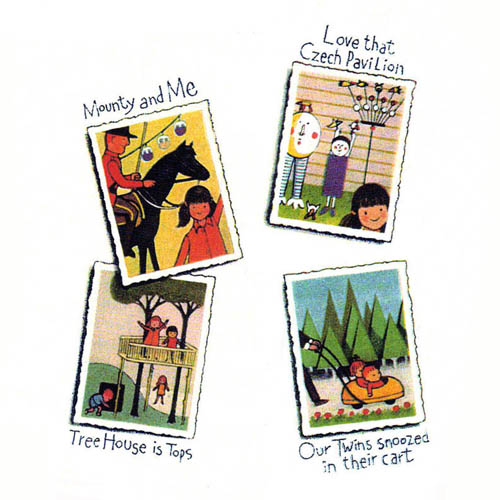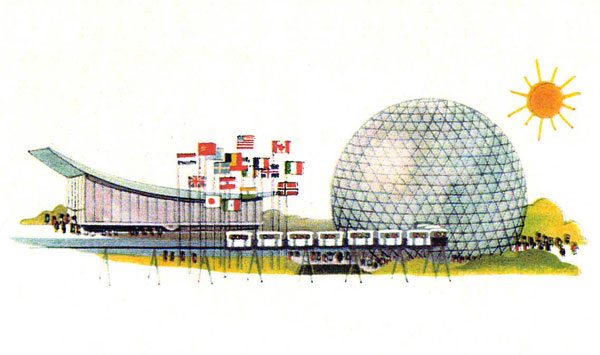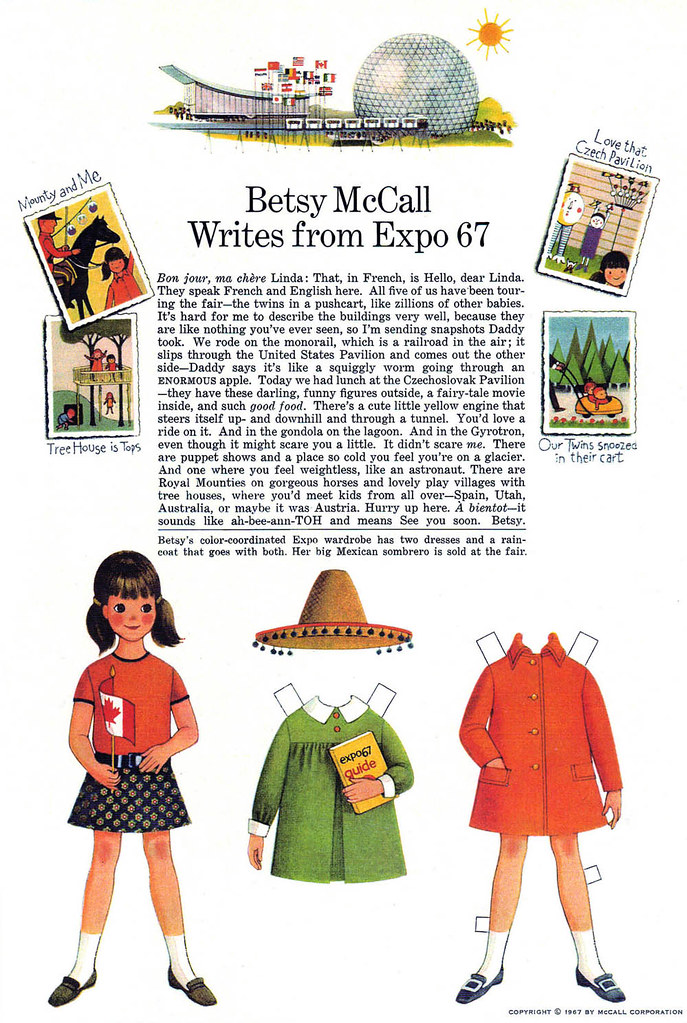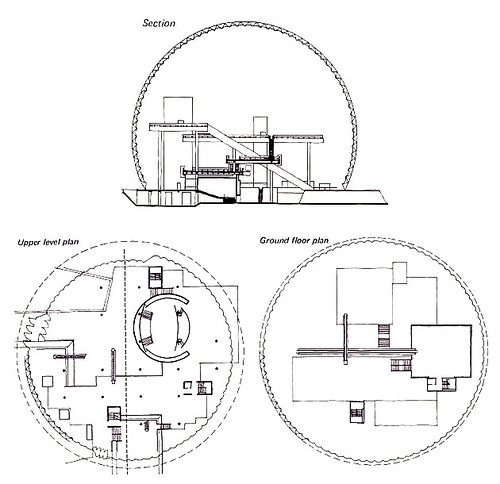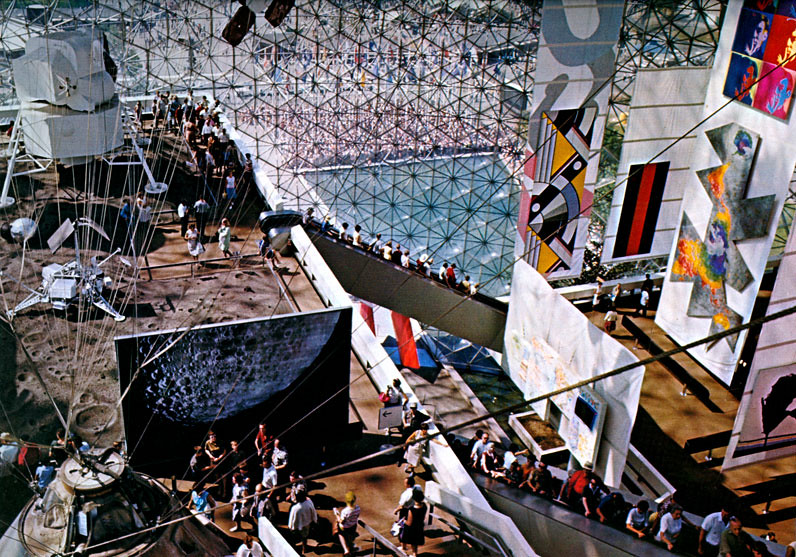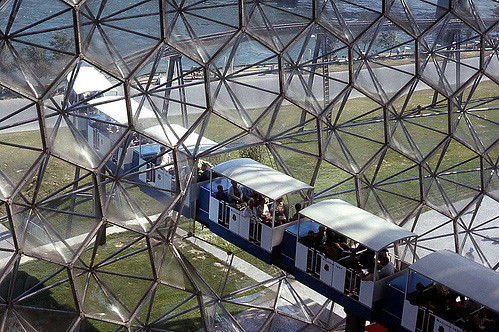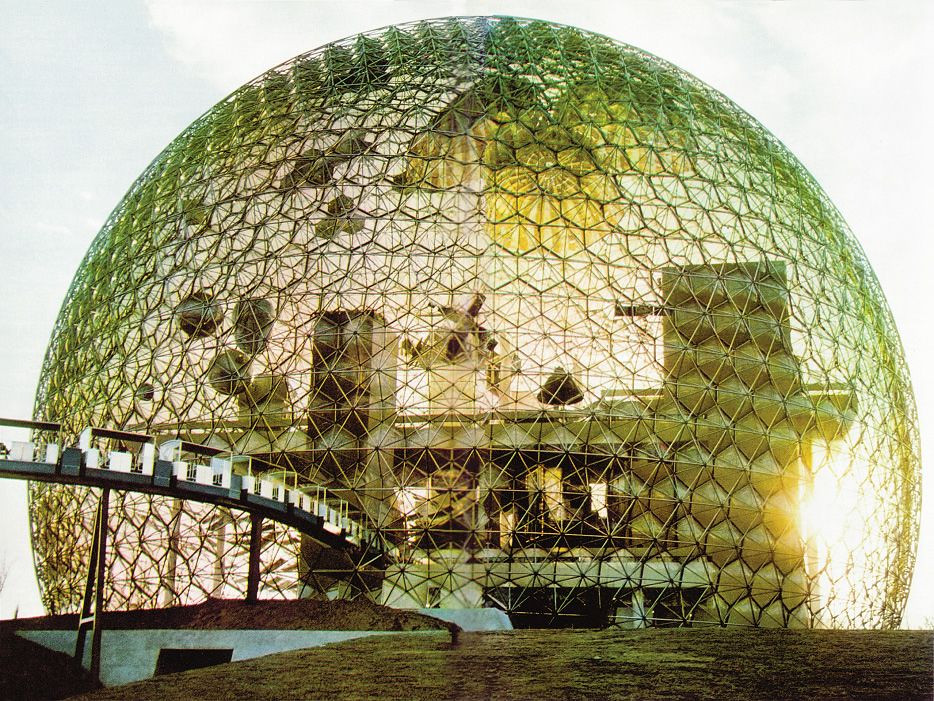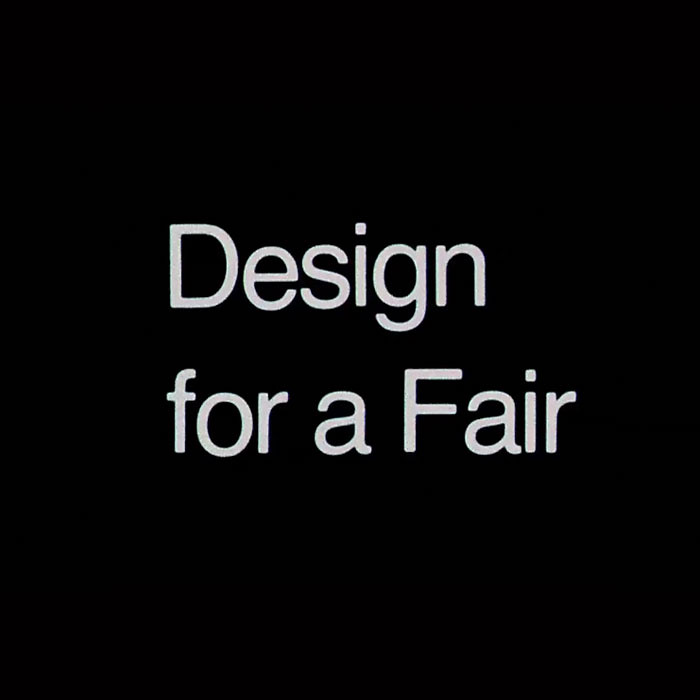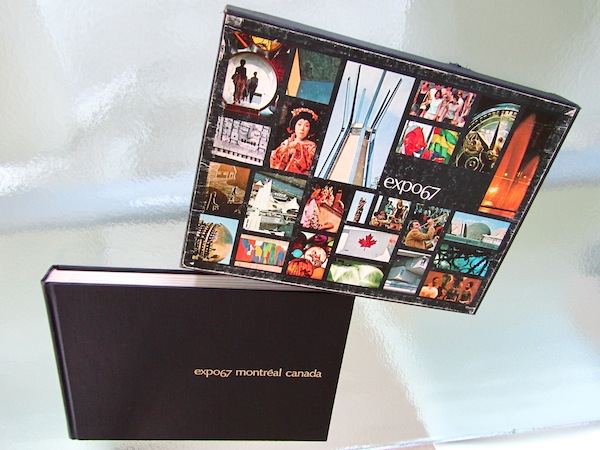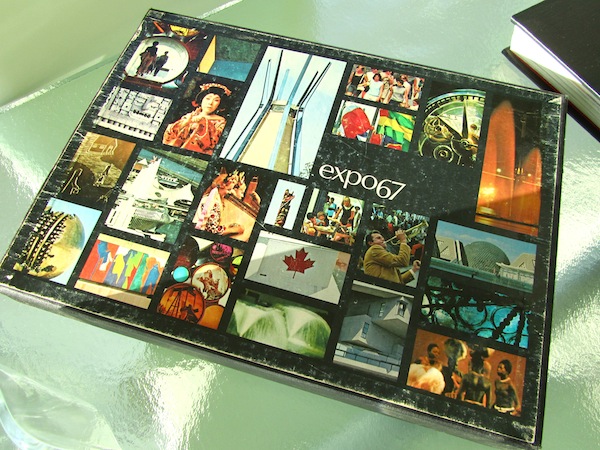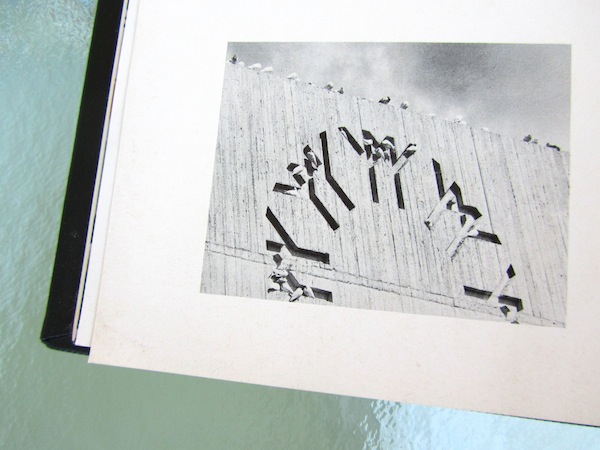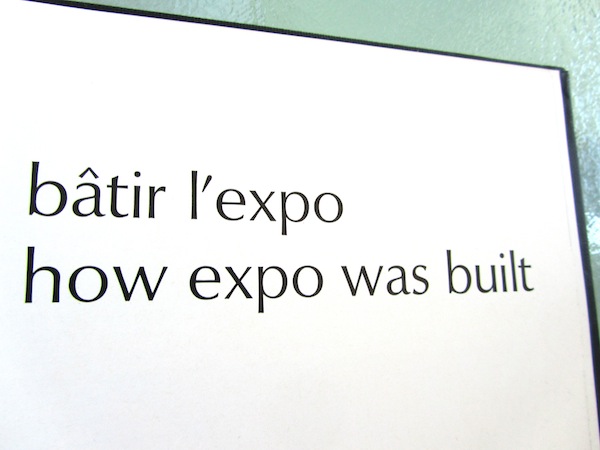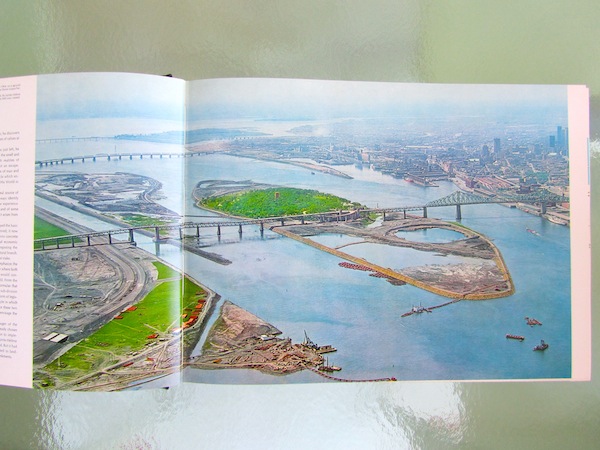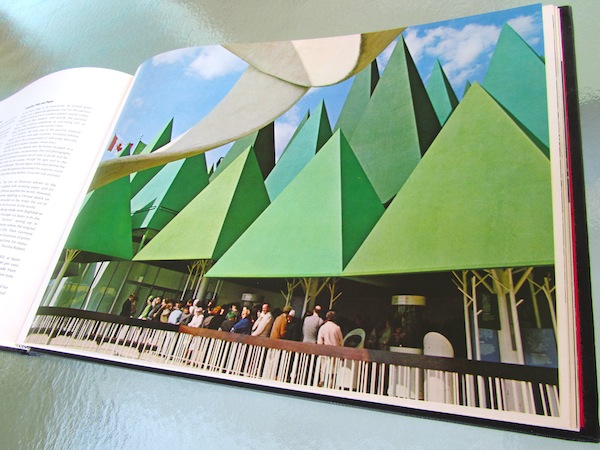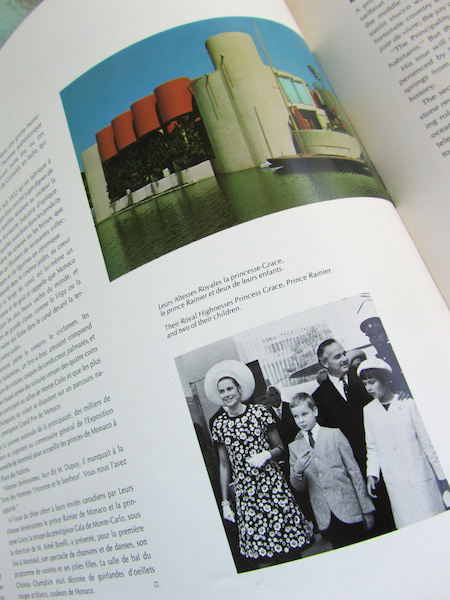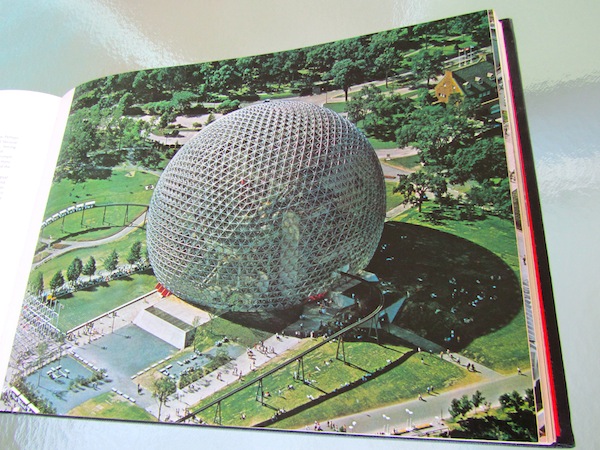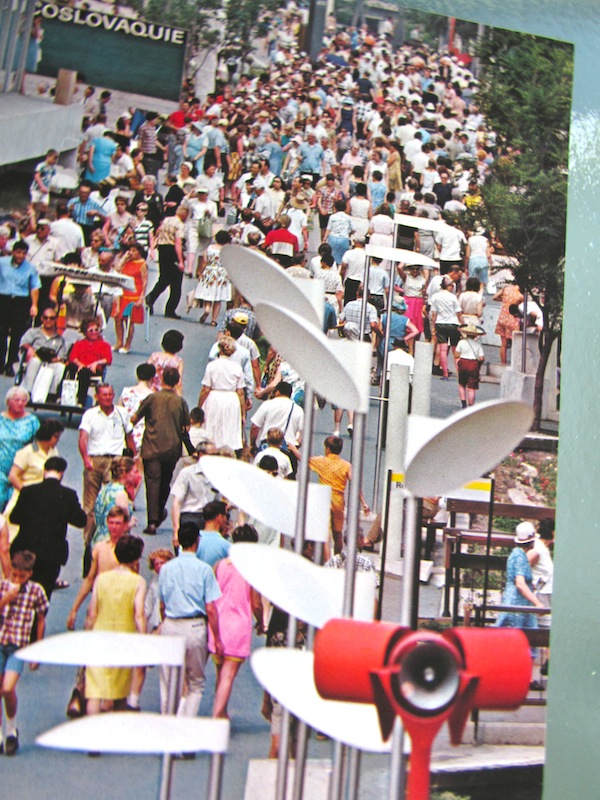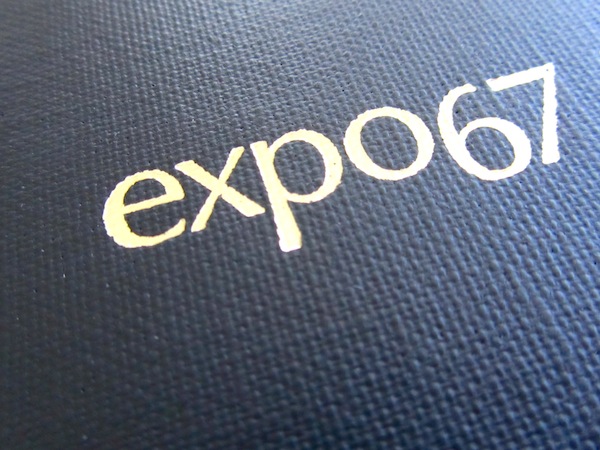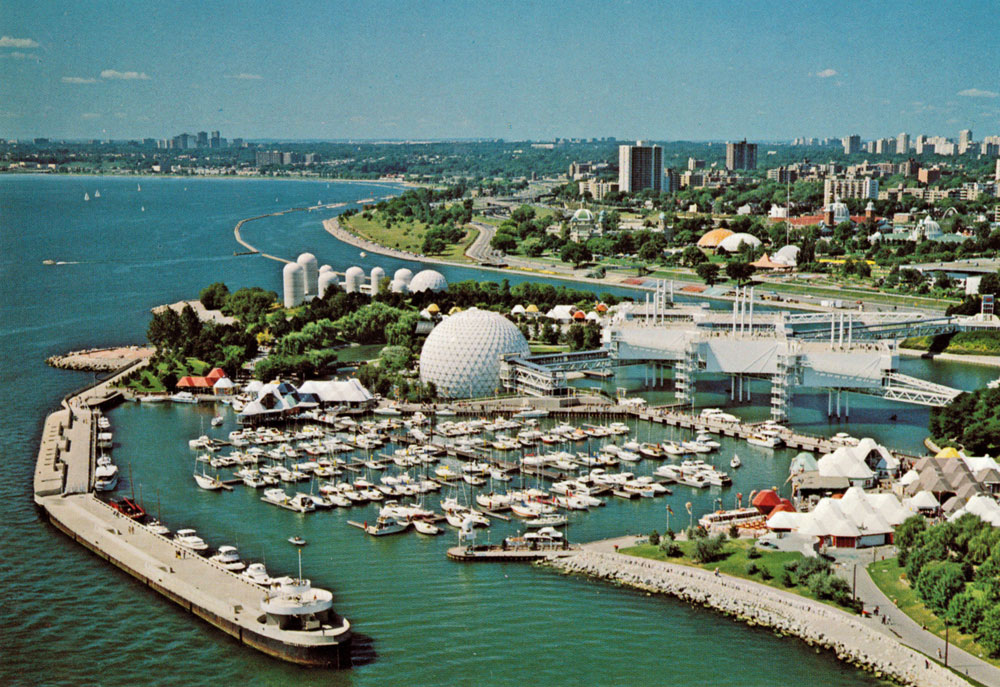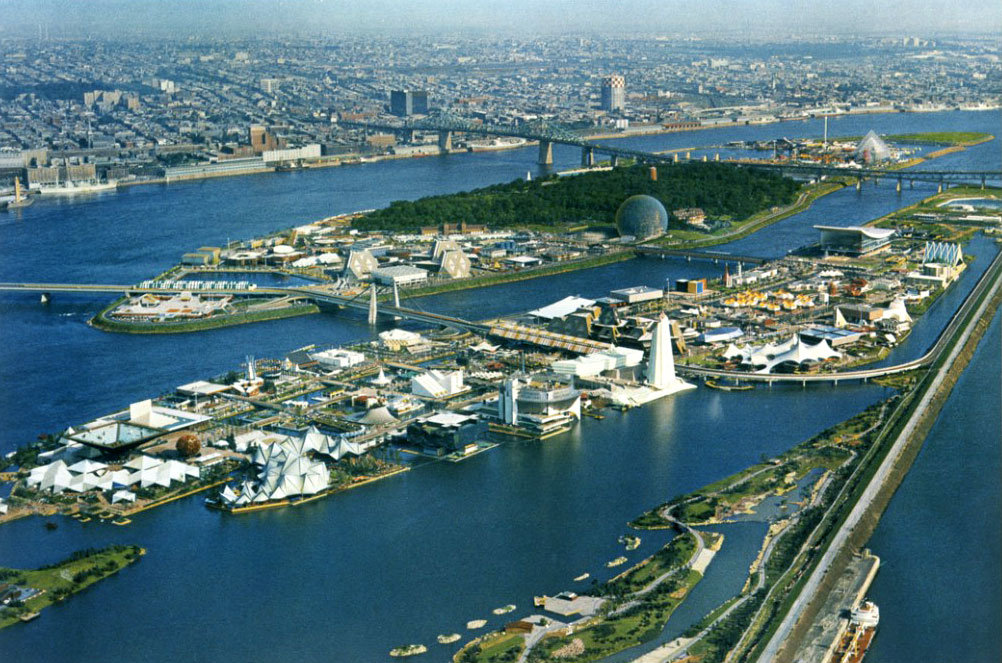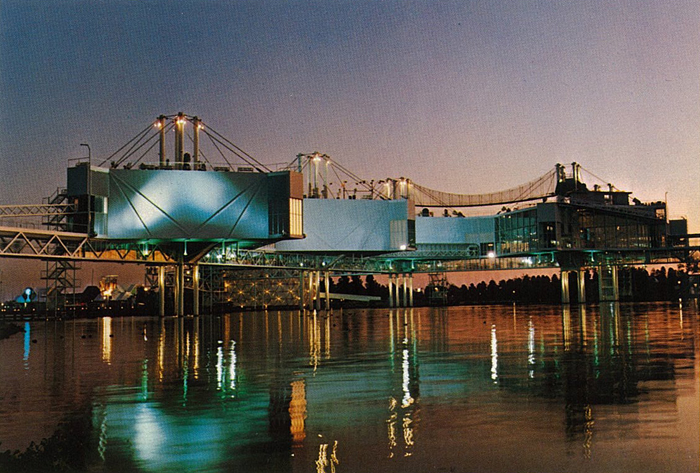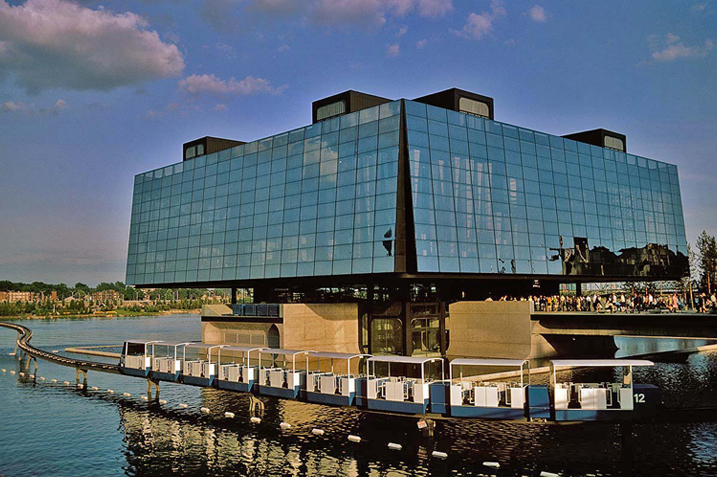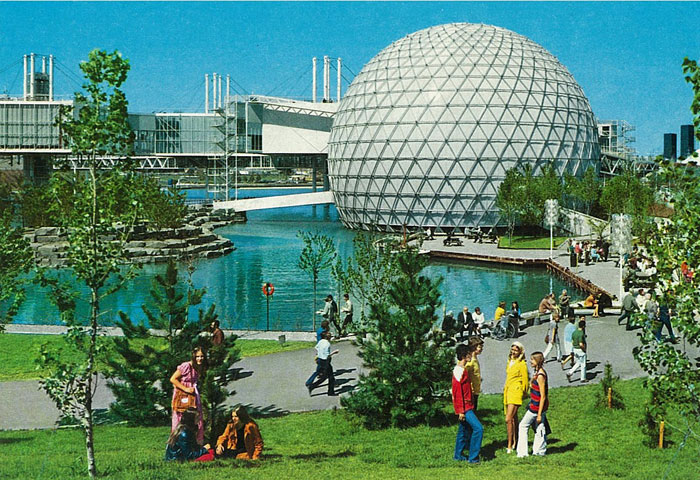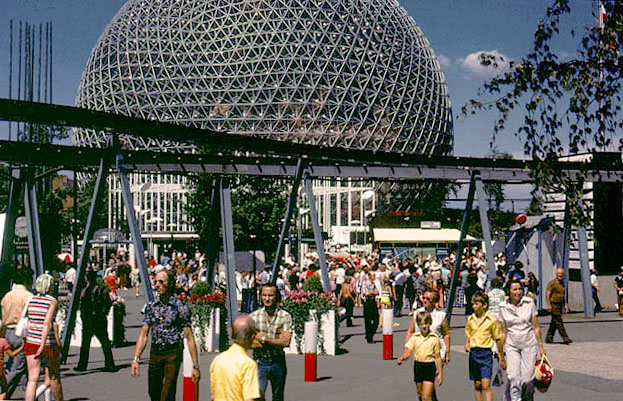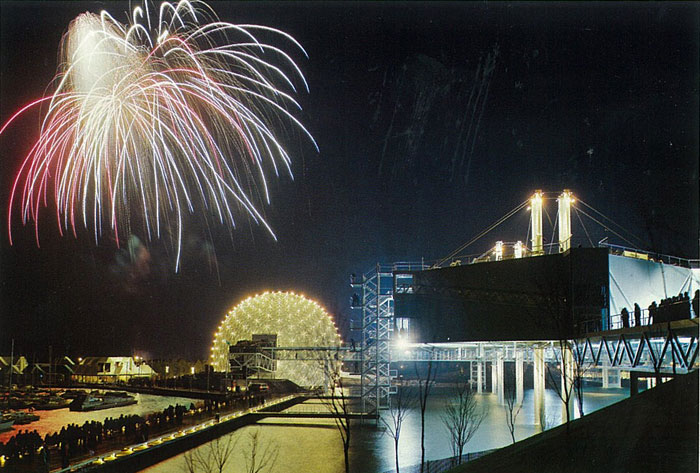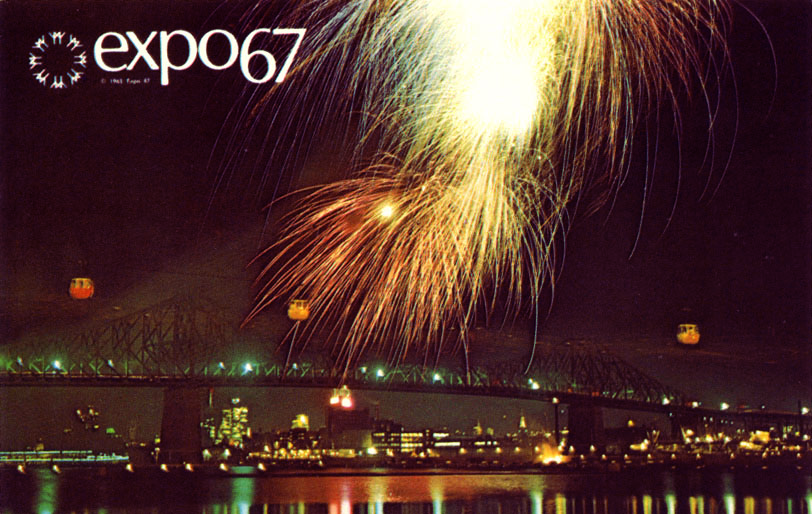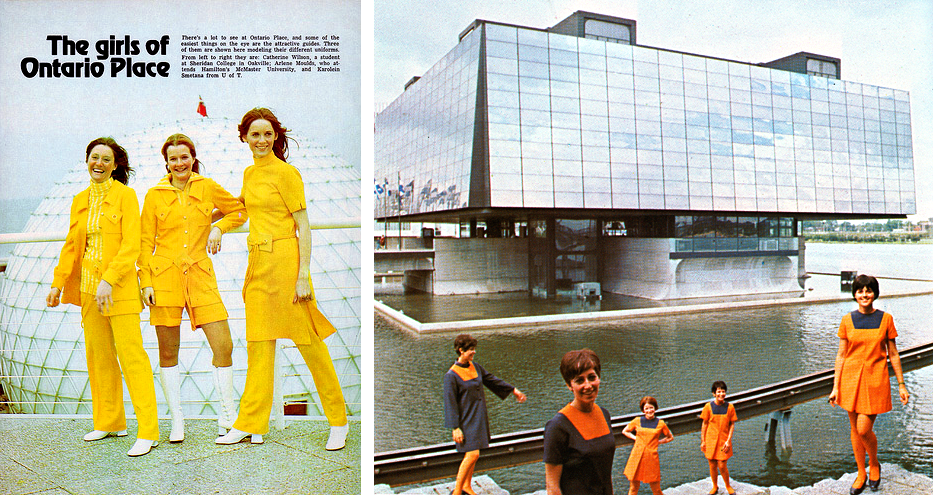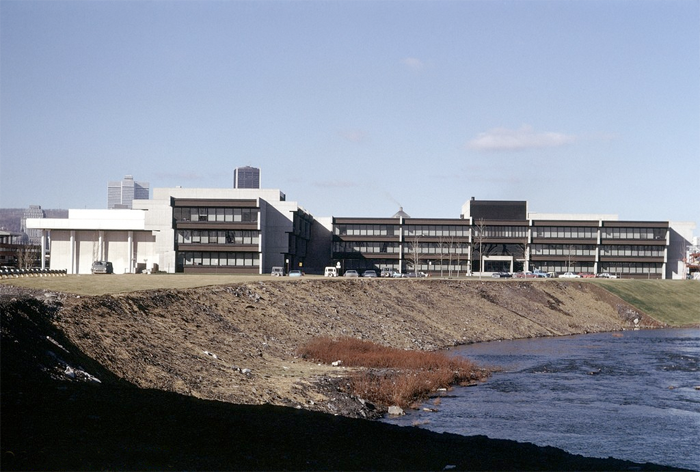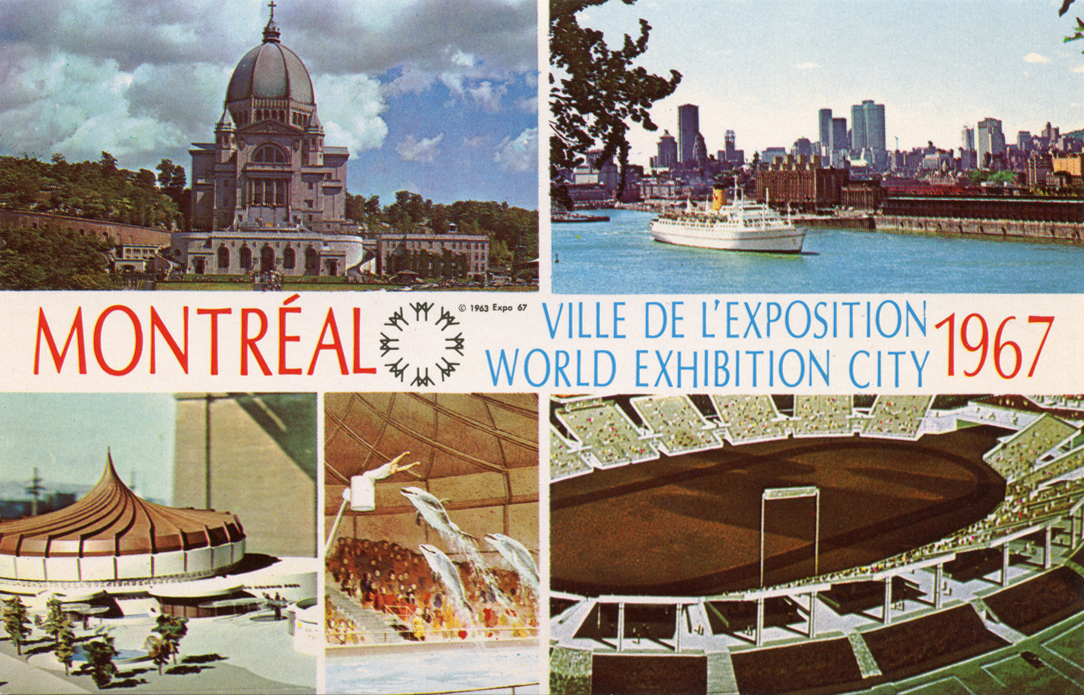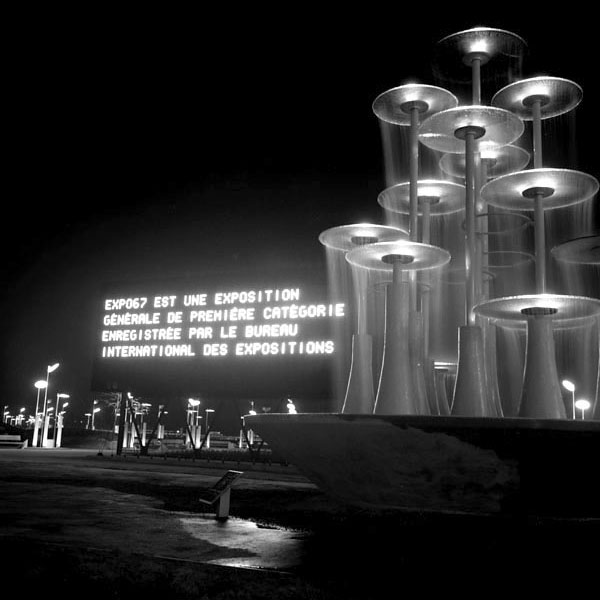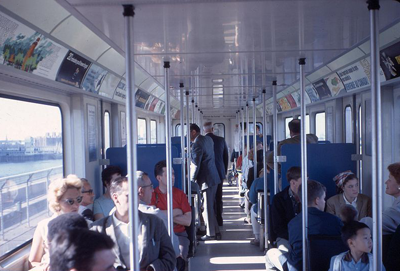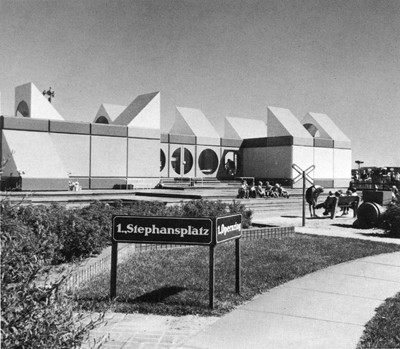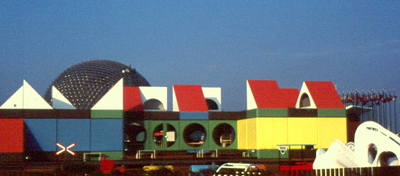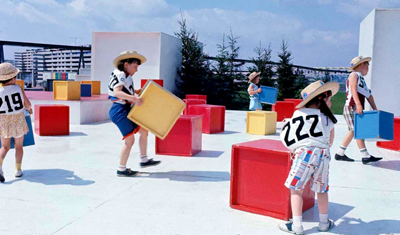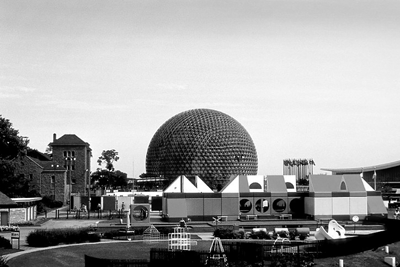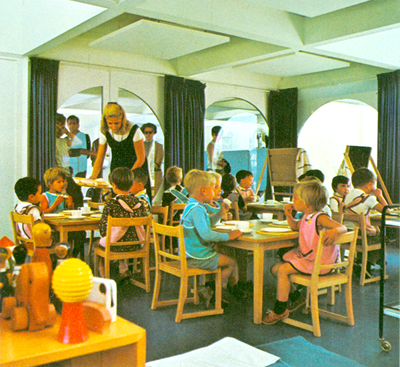In my years as an Expo 67 aficionado, I've always wondered why there were 2 different "official" Expo theme songs: one by Donald Lautrec and one by (my beloved) Michèle Richard.
Written by Stéphane Venne in the months leading up to Expo, "Un jour, un jour" ("Hey Friend, Say Friend" in English) was in fact the winning submission in a contest organized by the Expo 67 Corporation and Ms. Jacqueline Vézina, then-head of the "Festival du Disque", ancestor of the current "Gala de L'ADISQ".
During an Expo-related event last winter, Stéphane Venne himself discussed the competition, as well as the Donald Lautrec/Michèle Richard duality.
"I was 25 years old at the time," remembered Venne, "I had been writing songs for 10 years. I learned to write much like a young hockey player learns to play: by practice. So by 1966, I knew what I was doing. But I was still relatively anonymous."
That year, he received a letter with a participation form for the Expo 67 theme song contest from his songwriter's guild. Venne said he'd never forget the day he got his idea:
"At one point in 1966, the 'La Presse' newspaper published an artist's conception of Expo 67 on its front page. It was a prettied-up image, à la Walt Disney, meant to give readers an impression of what the Expo site would be like. [...] The image was huge: from one edge of the page to another". This was where inspiration struck: "The islands, the water, the colors, at once in the city and just outside the city. The shapes, the dream, the future"...
Stéphane Venne submitted his song during the last hour of the last day of the contest deadline, slipping it under the door at 5 minutes to 5pm. This was before the advent of cassette tapes, so the songs were submitted as musical partitions: musical notes and lyrics on paper. Jacqueline Vézina had hired professional singers with accompanying pianists to perform the submissions before judges. One of these pianists was Paul Baillargeon, a fellow who worked with lyricist Pierre Letourneau, a good friend of Stéphane's.
When "Un jour, un jour" won out over the other 2,200 submissions, Letourneau knew immediately through Baillargeon and called Stéphane to tell him. It was still a secret as the official announcement had not been made. "A few days before the official announcement, I knew," Venne admitted.
Donald Lautrec vs. Michèle Richard
A grand gala was organized by Radio-Canada to announce the winning theme song. Venne recalled the details:
"The director of this show, Maurice Dubois, had the habit of hiring Michèle Richard for all sorts of occasions and all sorts of reasons. I was not happy about this. I had a friend, [singer] Donald Lautrec, whose manager, Yvan Dufresne, I knew well. I called Dufresne a few days before the gala to confide in him: 'Yvan, I won the Expo song, the show is Sunday and you find that it would be fun if...' He understood immediately. The problem was: 'What do we do?' And the answer was: 'We work quickly, through the night, hiring musicians without telling them why, recording and manufacturing the records at full speed, so that they are in stores Monday morning after the Radio-Canada show...'"
This is how Donald Lautrec came to record the song, even though the Expo Corporation and Radio-Canada had chosen Michèle Richard...
On a side note, Montreal Mayor Jean Drapeau was reportedly unhappy that Stéphane Venne's original lyrics made no mention of "Montreal" or "Expo 67". One of the major differences in Michèle Richard's recording versus Donald Lautrec's was the inclusion of an intro and outro where she sang: "Expo, Expo, à Montréal... Expo, Expo de '67... Expoooooo à Montréaaaaal!"
No need to ask which one I like best. And you, Expo Lounge visitor? Which version do you prefer...?
images: expo67.ncf.ca
The Stéphane Venne quotes were culled from a written French transcript sent to me by Yves Jasmin, translated and edited for clarity by yours truly.

